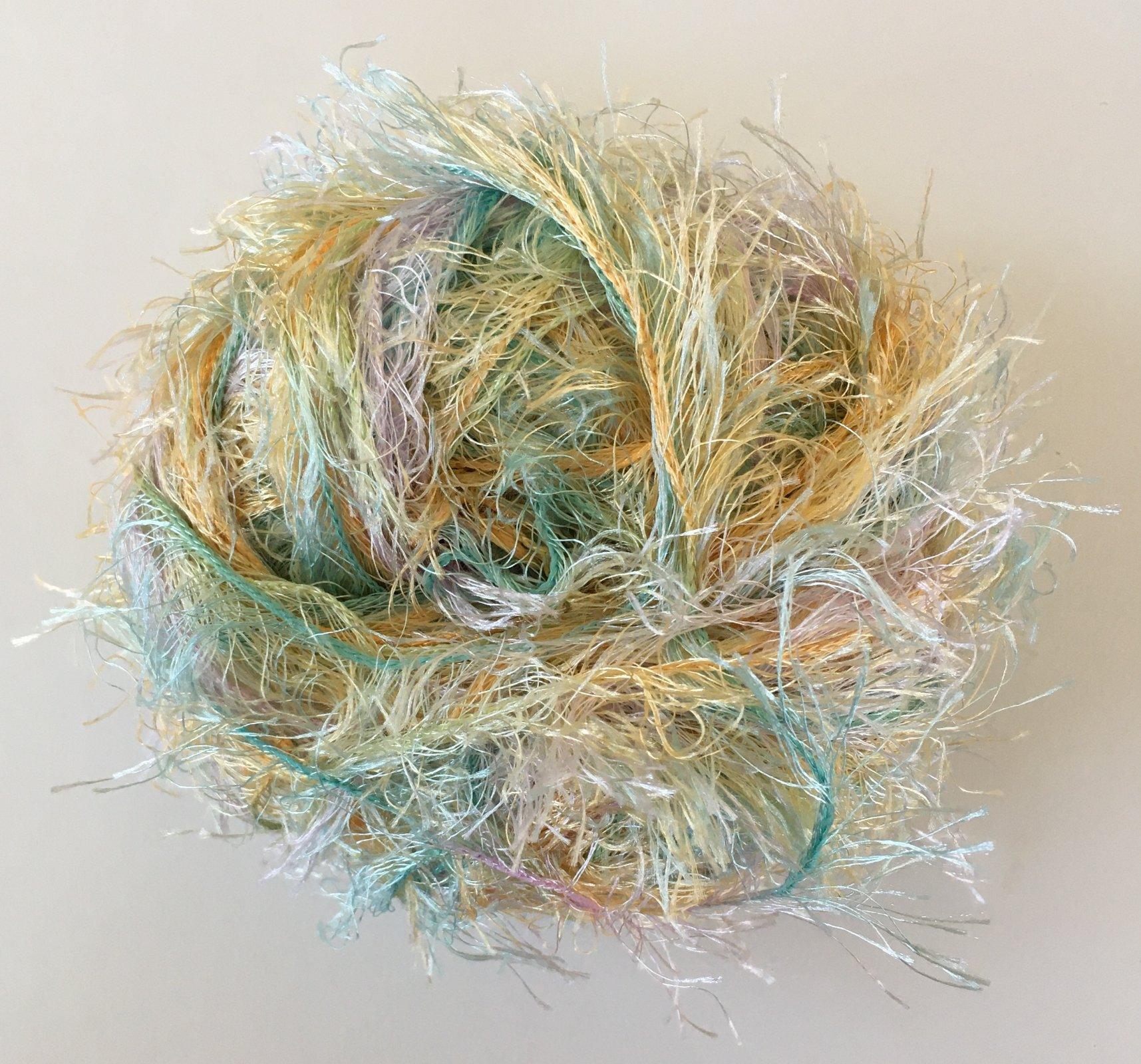Unveiling the Beauty of Peacocks: Nature’s Vibrant Birds

Introduction
Peacocks are one of the most stunning and recognisable birds in the world, renowned for their striking plumage and captivating courtship displays. Their importance transcends natural beauty, as they hold cultural significance in various societies and serve critical ecological roles. Understanding the peacock’s habits, habitats, and symbolism can deepen our appreciation for these magnificent creatures.
Details and Facts About Peacocks
The peacock, specifically the male of the Indian Peafowl species, is celebrated for its vibrant blue and green feathers, adorned with an array of eye-like patterns known as ocelli. These colourful feathers are not just for show; they play a crucial role in attracting mates. During courtship, males will fan out their tail feathers in a stunning display to entice females, showcasing both their health and vitality.
Peafowl are generally found in dense forests and open grasslands across South Asia, but they have also been introduced to various parts of the world, including the Americas and Europe. Their adaptability allows them to thrive in urban settings, making them a common sight in parks and gardens.
While admired for their aesthetic appeal, peacocks also play an essential role in their ecosystems. As omnivores, they consume a variety of food, including insects, plants, and small animals, thus helping to maintain the balance in their habitat. Additionally, their presence in agriculture can act as pest control.
Current Events and Conservation Efforts
Recently, peacocks have made headlines due to conservation efforts aimed at protecting their natural habitats. Deforestation, habitat destruction, and poaching pose significant threats to peafowl populations. Various wildlife organisations are working to educate the public about the importance of preserving these birds and their environments. Laws have been implemented in several countries to prevent illegal hunting and trading of peafowl, acknowledging their significance both culturally and environmentally.
Conclusion
Peacocks are more than just beautiful birds; they are integral to the ecosystems they inhabit and carry rich cultural meanings across the globe. As conservation efforts progress and awareness grows, it is vital for communities to participate in protecting these remarkable creatures and their habitats. By learning about peacocks and advocating for their preservation, we contribute to the balance of nature and celebrate the wonders of the avian world.
